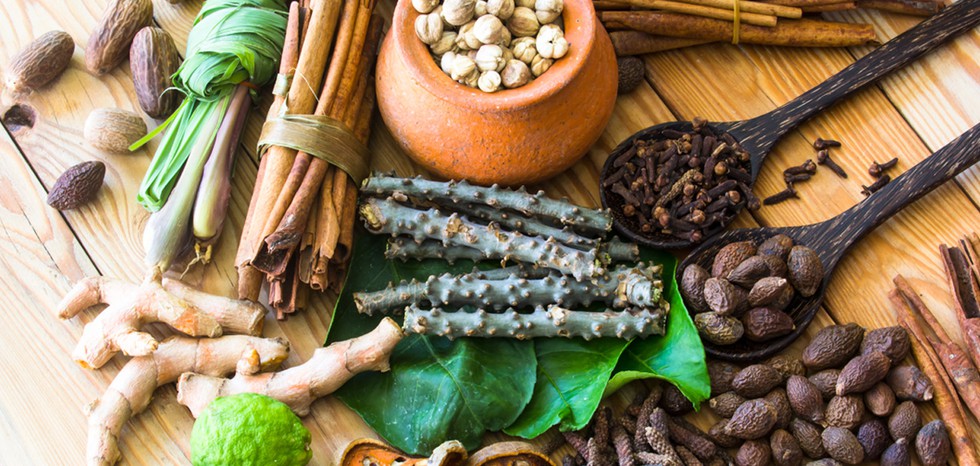A recent groundbreaking study has unveiled that a specific combination of Siddha drugs can significantly reduce anaemia in adolescent girls. The research, conducted over several months, involved a group of young girls who received regular doses of Siddha medicine.
Study Findings
- Treatment Duration and Method: The study administered Siddha medicine to adolescent girls over a defined period.
- Improvements Observed: After the treatment, the girls showed notable improvements in their haemoglobin levels. This indicates a successful reduction in anaemia.
Siddha Medicine Overview
- Traditional Practices: The Siddha medicine used in this study is rooted in traditional practices, renowned for its holistic approach to health and wellness.
- Potential Benefits: Siddha medicine offers a promising alternative to conventional treatments for anaemia.
Anaemia Overview
- Condition Description: Anaemia is characterized by a deficiency of red blood cells or haemoglobin. It affects millions of adolescents globally.
- Health Implications: Anaemia can lead to fatigue, weakness, and impaired cognitive function.
Implications and Future Directions
- Alternative to Conventional Treatments: The study’s findings suggest a viable alternative to conventional treatments for anaemia.
- Integration into Mainstream Healthcare: The results may support the integration of traditional medicine into mainstream healthcare practices.
- Need for Further Research: The study highlights the need for more research to explore the full benefits and applications of Siddha medicine, especially in regions with limited access to modern healthcare.
Multiple-Choice Questions (MCQs):
1. What did the study primarily focus on?
A. Reducing fatigue in adolescent girls
B. Improving haemoglobin levels in adolescent girls using Siddha medicine
C. Assessing the cognitive function of adolescent girls
D. Evaluating modern healthcare alternatives
Answer: B. Improving haemoglobin levels in adolescent girls using Siddha medicine
2. What was the key finding of the study?
A. Siddha medicine had no effect on anaemia.
B. The Siddha medicine led to a significant reduction in anaemia.
C. The treatment caused an increase in anaemia.
D. Siddha medicine was ineffective in improving health.
Answer: B. The Siddha medicine led to a significant reduction in anaemia.
3. Why is Siddha medicine significant according to the study?
A. It is a modern treatment option for anaemia.
B. It offers a culturally relevant alternative to conventional treatments.
C. It is not effective in reducing anaemia.
D. It is based on new scientific research.
Answer: B. It offers a culturally relevant alternative to conventional treatments.
4. What are the health problems associated with anaemia?
A. Insomnia and headaches
B. Fatigue, weakness, and impaired cognitive function
C. Excessive weight gain
D. Digestive issues and skin rashes
Answer: B. Fatigue, weakness, and impaired cognitive function
5. What does the study suggest about the future of Siddha medicine in healthcare?
A. It should be replaced by modern treatments.
B. It may be integrated into mainstream healthcare practices.
C. It should be abandoned in favor of other traditional medicines.
D. It has no place in modern healthcare.
Answer: B. It may be integrated into mainstream healthcare practices.
